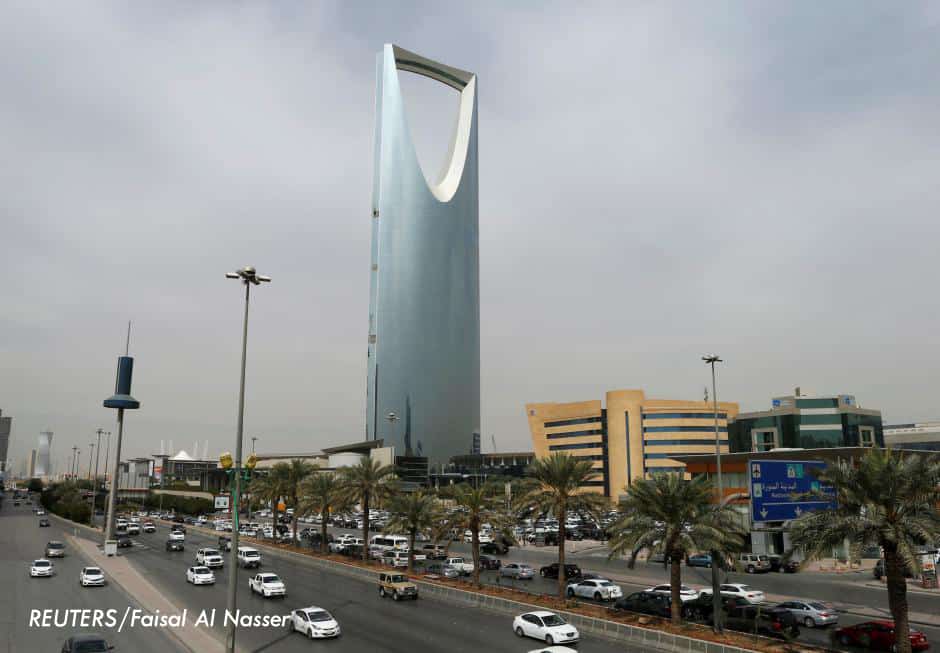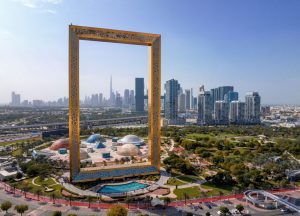A sandstorm engulfed Saudi Arabia’s capital and other regions of the desert kingdom Tuesday, hampering visibility and slowing road traffic.
A thick grey haze made iconic Riyadh buildings such as Kingdom Centre nearly impossible to see from more than a few hundred meters (yards) away, though there were no announced flight delays or cancellations.
The kingdom’s meteorology center forecast “surface dusty winds” in the country’s east and in Riyadh, “reducing horizontal sight”, according to the official Saudi Press Agency.
Dusty conditions were also expected farther west in the holy cities of Makkah and Medina, according to the forecast.
Electronic signs along Riyadh’s highways warned drivers to reduce their speed because of the lower visibility.
In central Riyadh, sand layered cars and buildings, and residents struggled to keep it out of their homes.
“Working outside is very difficult because of the dirt,” a Pakistani construction worker who gave his name as Kalimullah told AFP as he installed tiles.
“I try to wash my face from time to time,” the 30-year-old added, wrapping a piece of cloth around his face to block the sand.
Saudi office worker Abdullah Al-Otaibi said he was grateful he works indoors.
“Dust storms are part of our culture and we are used to it, but some of them are severe,” said Al-Otaibi, 39, rubbing his eyes as he hurried into his office building.
Parts of Saudi Arabia typically see sandstorms between March and May, with varying intensity. The frequency of the storms has increased in recent months in the region.
Neighboring Iraq has experienced eight sandstorms since mid-April, a phenomenon fueled by soil degradation, intense droughts and low rainfall linked to climate change.
In Iran on Tuesday, government offices and schools and universities were closed in many provinces due to “unhealthy weather” and sandstorms, state media reported.







